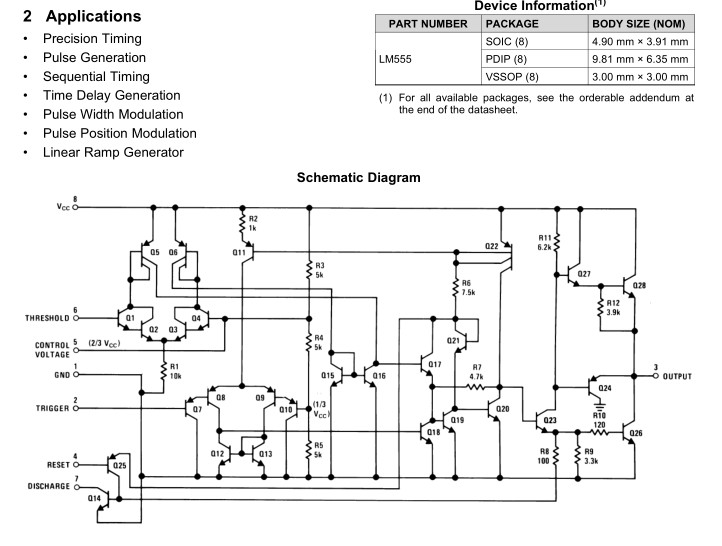rst
Newbie level 3
i saw this cct in circuit gallery and i have some question about it
1-what will be the voltage on( cv or pin 5)coz it internally connect to voltage divider
2-i think red led always on ..then what is purpose of it ?
**broken link removed**
Working
Positive terminal of the upper comparator of 555 is connected with reference voltage in order to turn OFF the charger if the battery charges above 13.8V.
why they said Positive terminal ?????? i think ( cv or pin 5) is negative terminal
1-what will be the voltage on( cv or pin 5)coz it internally connect to voltage divider
2-i think red led always on ..then what is purpose of it ?
**broken link removed**
Working
Positive terminal of the upper comparator of 555 is connected with reference voltage in order to turn OFF the charger if the battery charges above 13.8V.
why they said Positive terminal ?????? i think ( cv or pin 5) is negative terminal
